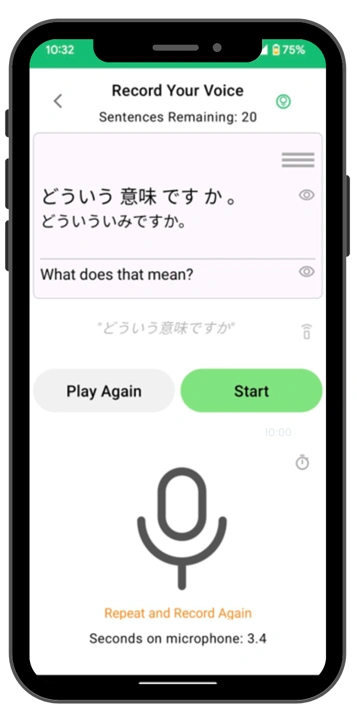Learning to speak Japanese fluently is one of the most rewarding yet challenging aspects of language acquisition. While many learners excel at reading kanji or understanding grammar rules, translating that knowledge into confident, natural conversation requires dedicated speaking practice and the right approach.
Japanese language learners are often captivated by the intricacies of the language—from its unique writing systems to its rich cultural nuances. As they embark on their journey, many find excitement in mastering vocabulary and grammar through traditional study methods. However, when it comes to speaking, learners frequently encounter a common challenge: how to effectively practice and build confidence in their spoken Japanese.
Key Takeaway
Effective Japanese speaking practice requires three essential elements: consistent conversation with native speakers, structured shadowing exercises to improve pronunciation, and daily practice using modern tools with speech recognition. Combining these approaches accelerates fluency development while building natural speaking confidence.
In the vast landscape of language learning resources, numerous strategies promise to enhance speaking skills. From engaging in language exchanges to utilizing apps designed for speaking practice, the options can feel overwhelming. While some learners thrive in interactive environments, others may struggle with self-doubt or find it challenging to seek out conversation partners. As students progress, the initial enthusiasm often wanes, leaving them questioning how to keep their speaking practice engaging and effective.
Before we explore the top techniques for improving Japanese speaking skills, it's essential to understand the foundational elements that contribute to successful speaking practice and the mindset needed for progress.

